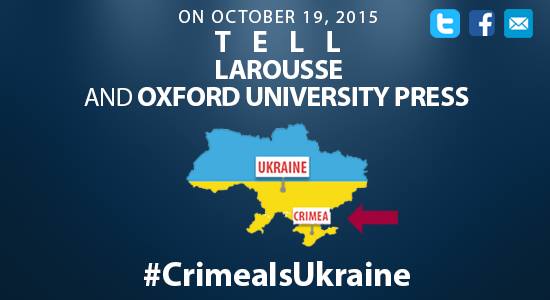Crimean resorts were very popular as a tourist destination among Ukrainians before Russia annexed the peninsula in 2014. Here are some figures: some 5.7 million tourists visited Crimea in 2011; a year later, in 2012 there were 6.1 million of them; and in 2013 - the year preceding the annexation - the number of visitors was 5.9 million. Most of the tourists were Ukrainian.
In 2014 following the Russian invasion and annexation in February-March 2014, the tourist season failed in Crimea. The official stats of the pro-Russian authorities stated that 3.8 million people visited the peninsula in 2014, while the local tourism minister, Oleksandr Liyev said that the number of tourists actually dropped by 4 times (i.e. to some 1.5 mln which would seem closer when you compare 2013 and 2014 snapshots of the webcams in popular destinations).
Further Russian figures may have nothing in common with reality since one of the Russian Crimea-related myths is the well-being of Crimea after the annexation. The Russian sources allege that millions visited Crimea: 4.598 in 2015, 5.573 in 2016, 5.395 in 2017, 6.062 in 2018.
Since its illegal annexation in 2014, Russian authorities have tried hard to restore Crimea’s image as a holiday hotspot — including by faking tourism statistics.
According to a report released by Krymstat, Crimea’s official statistics agency, only 481,600 tourists visited Crimea in the first half of 2018.
This is not the first time Russian officials and media manipulate Crimea’s tourism figures. StopFake compiled this review of last year’s alleged tourist boom in Crimea.
Further Reading:
- Military base instead of a resort: Crimea four years after the occupation
- Crimea government claims 2 million tourists (2014)
- Life Is No Beach For Crimeans Seeking Surf And Sun
- Russians moving into occupied Crimea now form one-fifth of its population
- Russia presents random foreigners brought to occupied Crimea as official delegations
- Little Green Men: the Annexation of Crimea as an Emblem of Pro-Kremlin Disinformation
- Someone Said the Referendum in Crimea Was Legitimate
- Breaking the Rules: Crimea, Disinformation, Doping
- What caused the environmental disaster in occupied Crimea? A chemist explains
- Russia’s transformation of ethnic mix in occupied Crimea an act of genocide
- Tourism season in Crimea: the payback for #Crimeaisours (2014)





